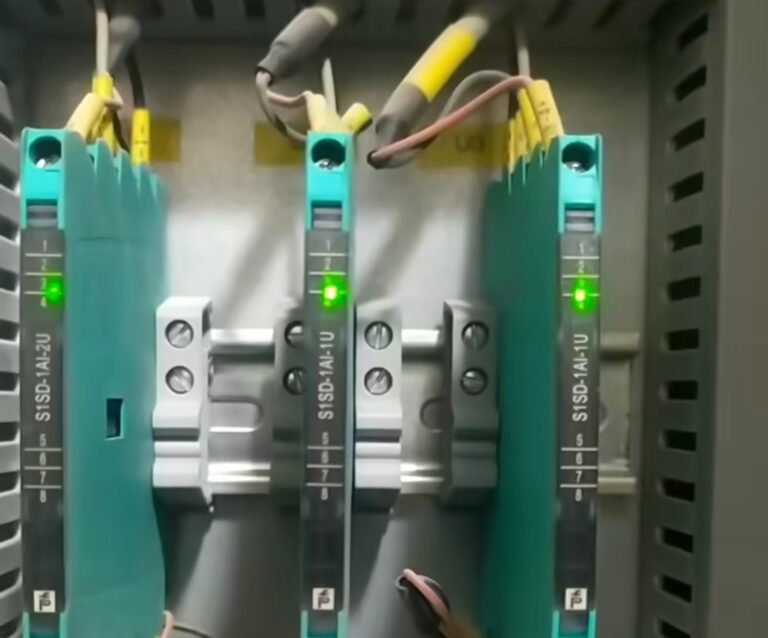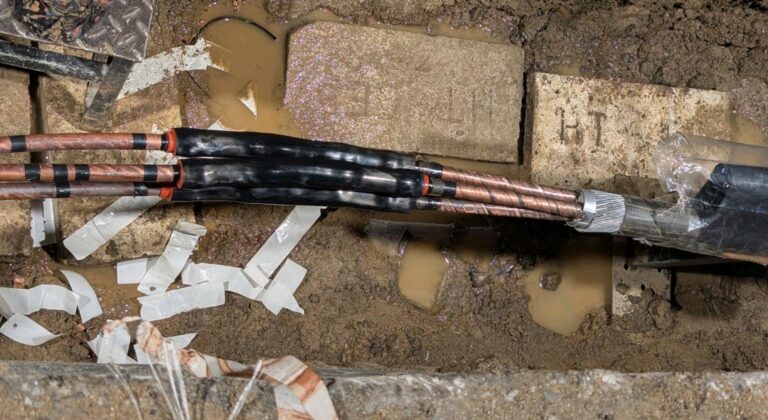A pilot relay is a small, low-power relay used to control a larger, high-power relay or device. It acts as a buffer between sensitive control components (like PLCs) and heavy loads, ensuring safer and more reliable operation across the system.
When you’re troubleshooting a noisy control signal or trying to drive a large relay from a delicate PLC output, adding a pilot relay might just be the missing piece — and yet, many seasoned techs still overlook it.
➡️ Why It Matters
Whether you’re upgrading an old system with electrical noise issues or wiring a new control panel, adding a pilot relay can make the system more reliable and help protect your devices from damage or reduce electrical noise.
✅ Why Use a Pilot Relay?
• Amplifies weak control signals to trigger heavy loads
• Electrically isolates sensitive PLCs or output chips from surges
• Matches voltage/current levels across devices
• Extends lifespan of control circuit boards and outputs
🛠️ Applications
From Elevator/Escalator controllers to Motor Starters, Brakes, Valve relays and security systems, pilot relays make systems more robust and easier to maintain.
electrical and electronics engineering diary

